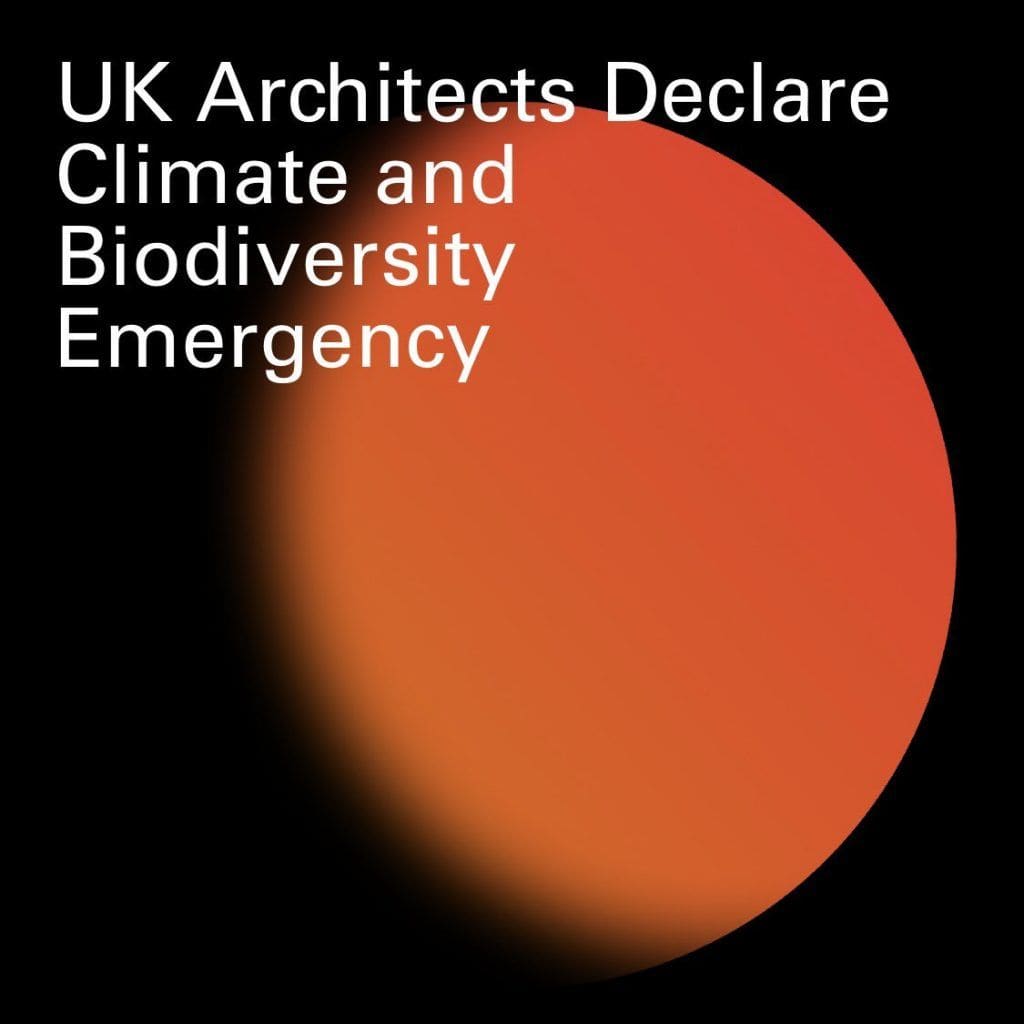What is Architects Declare?
In May 2019 UK Architects declared a Climate and Biodiversity Emergency.
The twin crises of climate breakdown and biodiversity loss are the most serious issue of our time. Buildings and construction play a major part, accounting for nearly 40% of energy-related CO2 emissions whilst also having a significant impact on our natural habitats.
For everyone working in the construction industry, this will demand a paradigm shift in our behaviour.
Together with our clients, we need to commission and design more sustainable buildings.
The research and technology exist for us to begin that transformation now.
Recognising this, we are committing to strengthen our working practices to create architecture that has a more positive impact on the world around us.

Commitments
As a practice we have made a commitment to seek to:
- Raise awareness of the climate and biodiversity emergencies and the urgent need for action amongst our clients and supply chains.
- Advocate for faster change in our industry towards regenerative design practices and a higher Governmental funding priority to support this.
- Establish climate and biodiversity mitigation principles as the key measure of our industry’s success: demonstrated through awards, prizes and listings.
- Share knowledge and research to that end on an open source basis.
- Evaluate all new projects against the aspiration to contribute positively to mitigating climate breakdown, and encourage our clients to adopt this approach.
- Upgrade existing buildings for extended use as a more carbon efficient alternative to demolition and new build whenever there is a viable choice.
- Include life cycle costing, whole life carbon modelling and post occupancy evaluation as part of our basic scope of work, to reduce both embodied and operational resource use.
- Adopt more regenerative design principles that address safe and healthy materials, materials reuse, renewable energy and carbon management, water stewardship and social fairness
- Collaborate with engineers, contractors and clients to further reduce construction waste.
- Accelerate the shift to low embodied carbon materials in all our work.
- Minimise wasteful use of resources in architecture and urban planning



